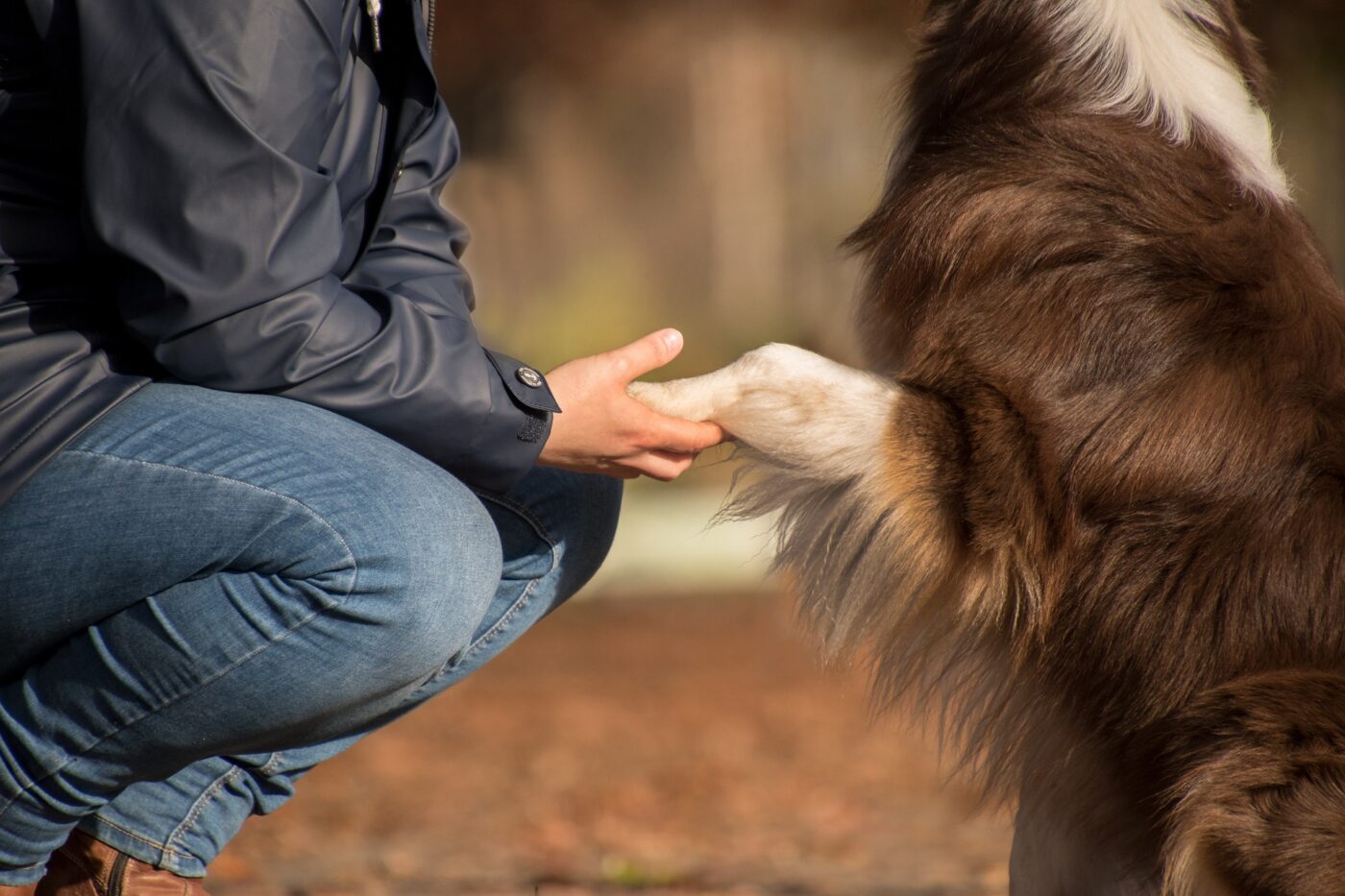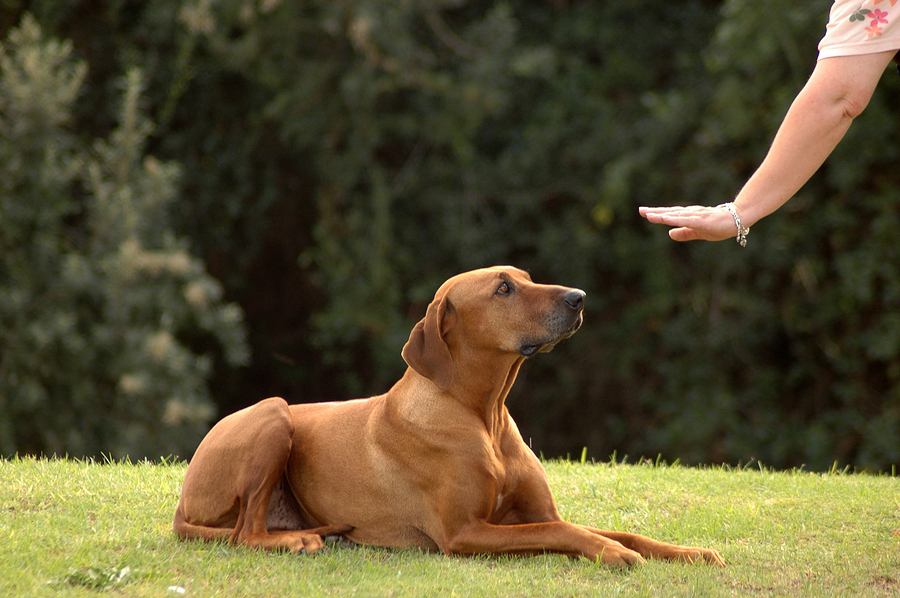Get Results with Puppy Training That Sets the Foundation for a Well-Behaved Dog
Get Results with Puppy Training That Sets the Foundation for a Well-Behaved Dog
Blog Article
Newbie's Guide to Effective Dog Training at Home
Successfully training a pet at home requires a nuanced understanding of canine behavior and reliable communication methods. Developing clear training objectives, utilizing high-grade rewards, and preserving consistency across relative are critical elements. Integrating training right into day-to-day routines can boost both interaction and retention. Lots of newbie instructors run into obstacles that might prevent progression. To browse these intricacies successfully, it's important to discover several vital facets that can change your strategy and bring about an unified relationship with your animal. What basic concepts should every beginner understanding to guarantee success?
Recognizing Canine Actions
Recognizing pet dog actions is essential for reliable training and promoting an unified partnership between humans and their canine buddies - Puppy Training. Dogs connect mostly through body movement, articulations, and face expressions, making it essential for proprietors to interpret these signals properly. Recognizing behaviors such as tail wagging, grumbling, or cring can give insights into a canine's emotion and objectives
Furthermore, understanding the natural reactions of canines, such as their pack way of thinking, assists owners develop leadership functions within the family. This is vital for producing an organized environment where pets feel safe and are more responsive to training. Dogs are likewise influenced by their socialization experiences; very early exposure to various environments, individuals, and various other animals can substantially form their behavior later in life.
Typical behavior problems, such as aggressiveness, anxiety, or extreme barking, often originate from misunderstandings or unmet needs. Observing and dealing with these problems without delay can stop acceleration and guarantee a favorable training experience. By cultivating a deep understanding of pet habits, proprietors can customize their training methods to match their canine friends, ultimately resulting in a pleased and mannerly family pet.

Vital Training Devices
A fully equipped training area can substantially improve the efficiency of dog training in your home. Essential training devices make sure that both the pet and the trainer can participate in effective sessions that cultivate understanding and bonding.

Investing in a durable chain and a comfortable, well-fitting collar or harness is important for safety and control. These tools assist establish borders and ensure the dog stays safe and secure during training. Furthermore, a designated training location, free from distractions, help concentration for both the instructor and the dog.
Training aids such as training pads, cones, or agility tools can likewise boost the experience by presenting selection and challenges. Finally, having a notebook or electronic app for tracking development can be important, enabling you to note successes and areas for enhancement. Using these essential devices will certainly create a positive training setting and lay the structure for effective discovering.
Creating an Educating Regimen
Developing a regular training routine is crucial for effective canine training in your home. A well-structured regular not just assists in reinforcing preferred actions however likewise provides your dog with a feeling of safety and security and predictability. To create an efficient training routine, start by determining particular training goals, such as basic commands, leash walking, or house-breaking.
Select a designated time daily for training sessions, ideally when your pet is receptive and alert. Procedure ought to be brief, around their website 5 to 15 mins, to preserve emphasis and protect against tiredness. Consistency in timing and environment will certainly enhance your pet dog's discovering experience.
Include training into day-to-day tasks to reinforce skills. Technique commands during strolls or mealtime, which integrates finding out into all-natural routines. Additionally, continue to be adaptable and adjust the regular as required, accommodating your pet's energy levels and state of mind.
Positive Reinforcement Strategies

When carrying out positive support, it is important to select benefits that are inspiring for your dog. High-value treats, such as small pieces of chicken or cheese, can be especially effective during training sessions. In addition, varying the incentives can maintain your pet dog's passion and excitement.
Start with simple commands, like "sit" or "stay," and gradually progress to much more intricate jobs. Consistency is essential; make sure that all relative utilize the exact same commands and incentive systems to stay clear of complication.
Furthermore, it is vital to continue to be individual and avoid aggravation. Canines, like people, discover at their very own pace. By promoting a supportive training atmosphere via positive reinforcement, you can enhance your canine's discovering experience while enhancing the bond between you and your hairy buddy, laying the foundation anonymous for successful training outcomes.
Typical Training Obstacles
While educating a pet in your home can be a gratifying experience, it typically features a set of typical obstacles that can test both persistence and uniformity. One prevalent concern is disturbance. Pets might come to be quickly sidetracked by noises, activities, or perhaps scents in their atmosphere, making it challenging to maintain their emphasis during training sessions.
Another obstacle is variance in commands and reinforcement. It can hinder and perplex the pet dog progress pop over to these guys if household participants use various hints or incentives. Establishing a unified strategy is important for efficient interaction.
Additionally, dogs can experience stress or stress and anxiety, especially if they do not understand what is anticipated of them. This can cause unwanted actions, such as barking or eating.
Finally, the timing of support is crucial. Postponed benefits can lessen the effectiveness of favorable support, as pets might fall short to attach the habits with the reward.
Conquering these obstacles needs dedication, clear communication, and an organized training strategy - Puppy Training. Identifying and attending to these usual obstacles will certainly lead the method for a much more effective and enjoyable training experience at home
Final Thought
To conclude, effective pet dog training at home demands an extensive understanding of canine actions and efficient communication approaches. By developing clear training goals and utilizing high-quality deals with together with favorable support, the training process becomes a lot more gratifying for both the instructor and the dog. Consistency, persistence, and adaptability are vital parts that facilitate learning. Inevitably, integrating training into everyday regimens enhances the bond between dog and owner, making the experience both efficient and satisfying.
Establishing a regular training regimen is vital for reliable canine training at home.Positive support methods are fundamental to reliable pet training, promoting preferred actions via benefits rather than punishment. By fostering a supportive training environment through favorable support, you can enhance your dog's learning experience while reinforcing the bond between you and your furry companion, laying the foundation for effective training end results.
In conclusion, effective pet training at home requires a detailed understanding of canine actions and effective communication approaches. By establishing clear training goals and making use of high-quality treats along with favorable support, the training procedure becomes much more satisfying for both the canine and the instructor.
Report this page